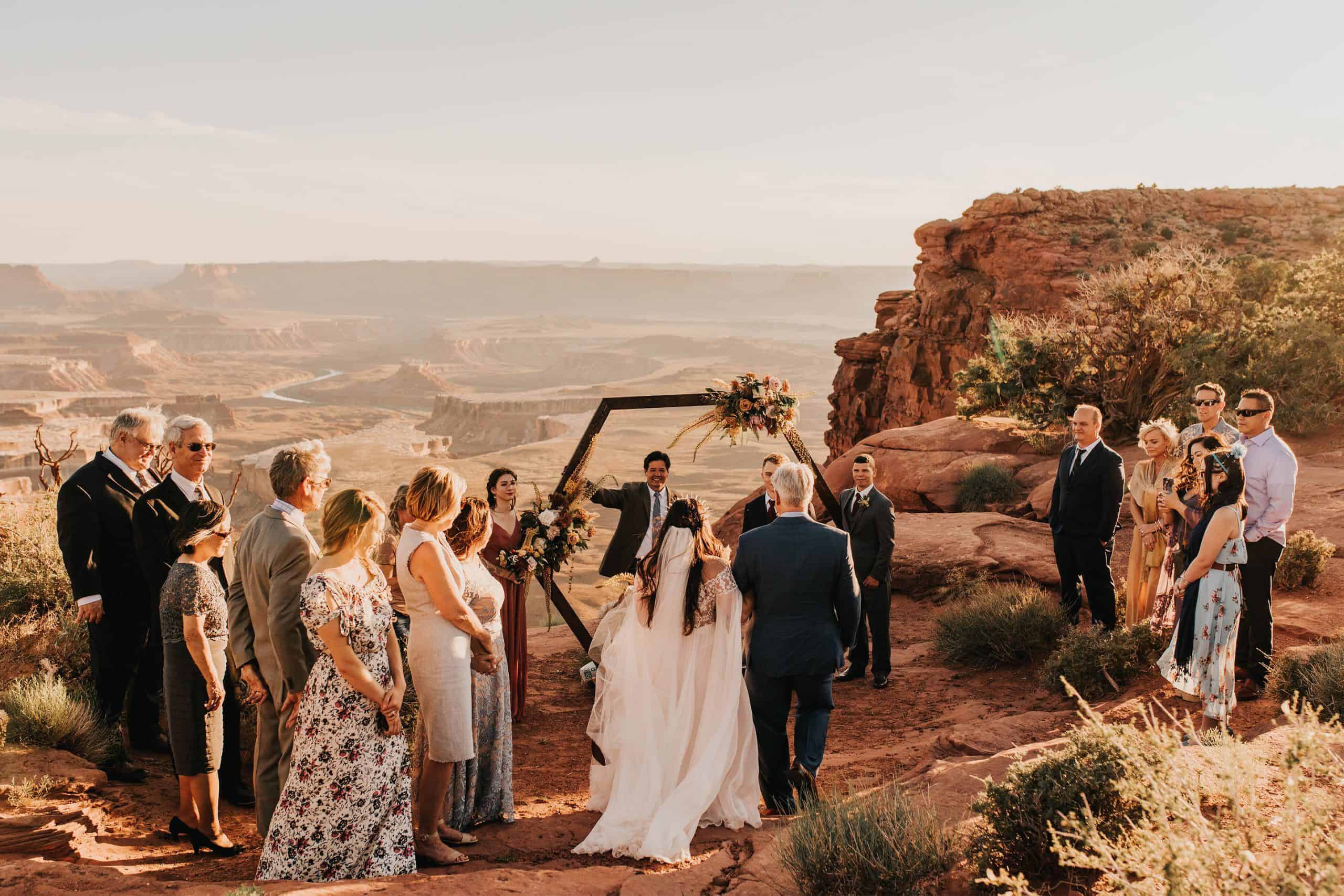
Post Summary: Below is a full guide to how to include stargazing in your elopement, and how to get the best star elopement photos! Stargazing is an absolutely magical activity to include in your elopement day, not only to unwind, reflect, and breathe in the feelings of the day, but also to get the most magical photos of you and your love under the starry nighttime sky. This guide includes all of my best tips for getting the best star photos, because there’s a LOT to take into account when incorporating stargazing into your elopement – weather, time of day, time of year, light pollution, & more. I’ve got some great astrophotography experience, so you bet I’ll do my absolute best to help you get the most incredible star photos possible!
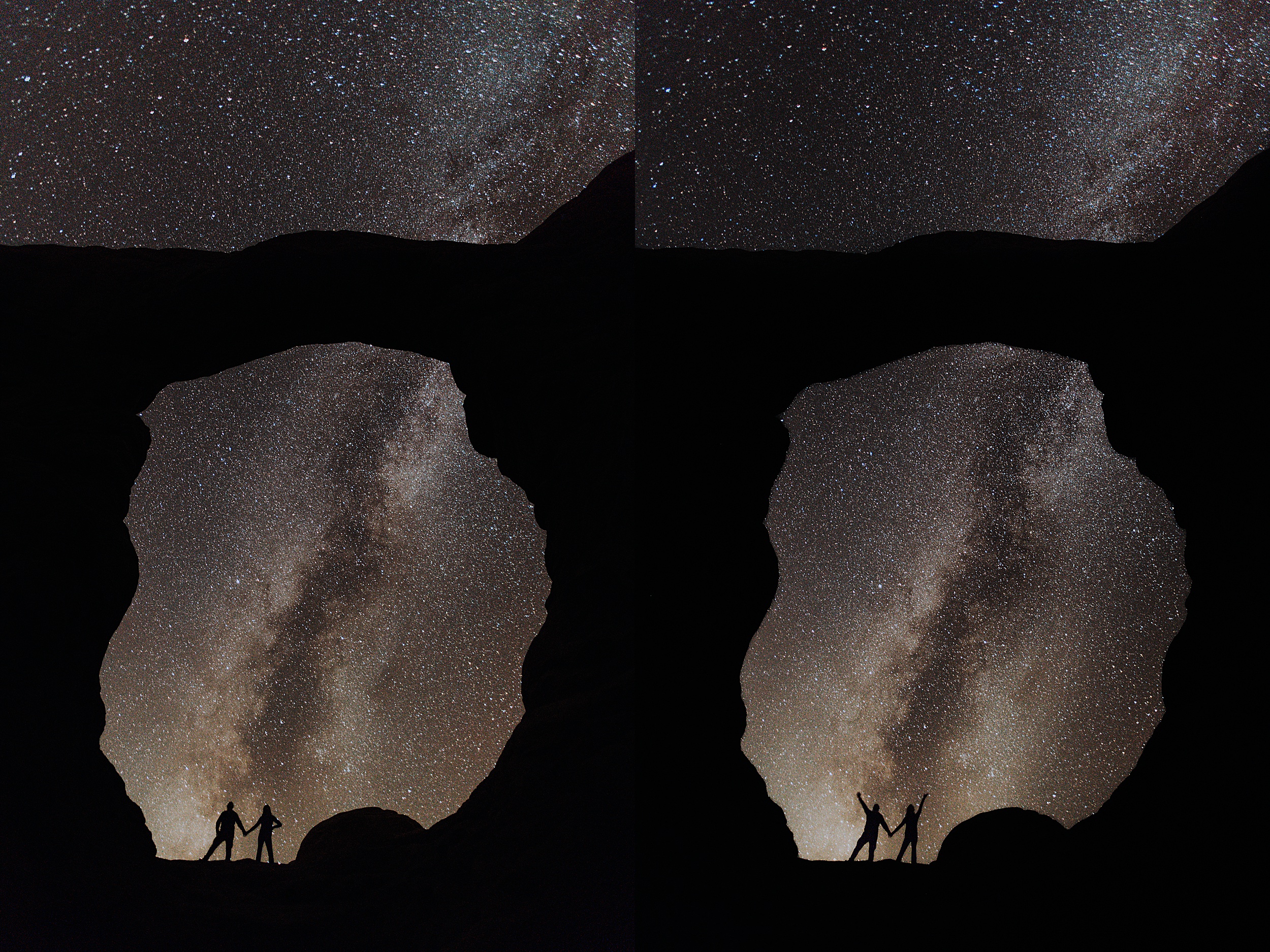
Picture this: you and your new spouse just had the most incredible day of your lives, exchanging your personalized vows, officially tying the knot after so much planning, and going on the most amazing adventure in the great outdoors. Now, it’s time to wind down for the night – maybe you’re heading back to your Airbnb to get cozy, or maybe you’re setting up your tent out in the middle of nowhere for a night out in nature.
But before you totally wrap up your day, you spend some time stargazing together, reflecting on the incredible day you just had as you look up at the night sky lit up by thousands and thousands of stars. What a magical way to start your married lives together! And to top it all off, you and your photographer spend some time capturing the most epic star elopement photos that you just KNOW you’re going to frame in the middle of your living room for everyone to see.
Maybe you’ve been inspired by star elopement photos you’ve seen on Pinterest or on your photographer’s Instagram feed, or maybe you just love stargazing together and taking photos is the perfect way to commemorate that shared love! Either way, there are quite a few factors to take into account if you want to capture those magical stargazing photos you see on the internet, and it’s important to set proper expectations beforehand, since the night sky can be very unpredictable.
That’s why I’ve put together this stargazing elopement guide, where I’ll be giving you all of my best tips for getting beautiful star elopement photos, as well as helping you pick the time of year + time of day to get the best chance at clear, open skies. I’m excited for this one – let’s dive right in!
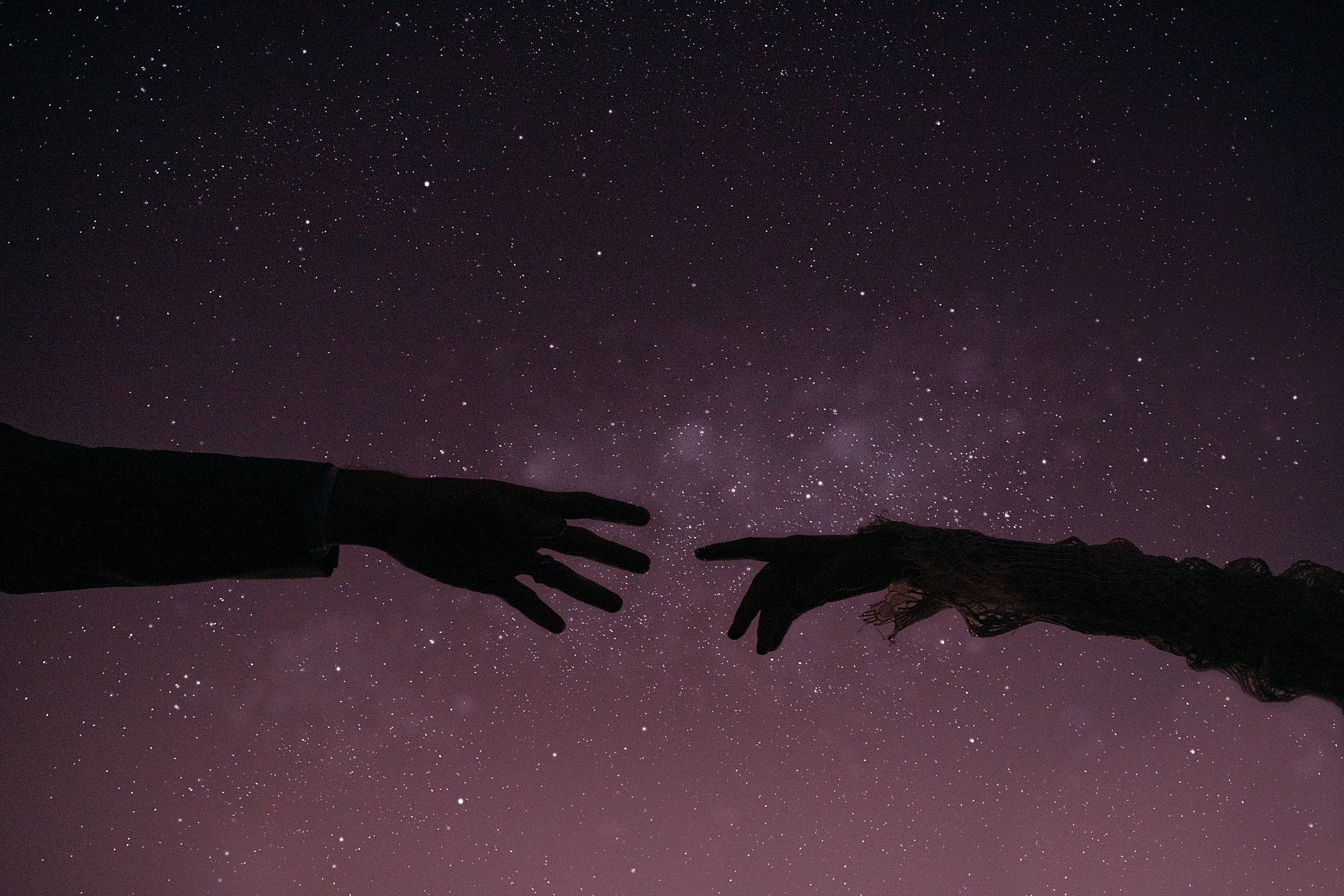
Why Include Stargazing in Your Elopement?
First of all, why even include stargazing in your elopement day? I’ve worked with a ton of couples who have incorporated it into their timeline, and every single one of them has been happy that they did – even if the weather didn’t quite turn out as we hoped, or even if the skies weren’t as clear as we wanted.
Stargazing is SUCH a great way to start or end your adventure elopement. It gives you a set, intentional period of time to just be together, reflecting on this season of your lives and the exciting new step in your relationship that you just took (or are about to take). You can go stargazing the night before your elopement, before the sun rises on your elopement day, or at the end of the night after you’ve tied the knot – there are no rules!
I always recommend that my couples include time in their timeline to just breathe and decompress, be it in the middle of the day after their ceremony or at the end of the night, especially if they have any guests or are meeting up with family/friends at some point. Stargazing provides the perfect opportunity to do this; to slow down for a little bit and be present in the moment together before getting back to the craziness of day-to-day life.
HOWEVER: it is super important to note that epic star photos can’t be promised, as it’ll be completely dependent on the weather – and mostly luck – if we can get a clear sky. So if you know that you’ll be really disappointed if you can’t get the star photos you were dreaming of, then this might not be an activity you should include in your timeline! It’s best to prepare with the worst in mind and keep your expectations low, so that your day isn’t ruined if the skies don’t cooperate.
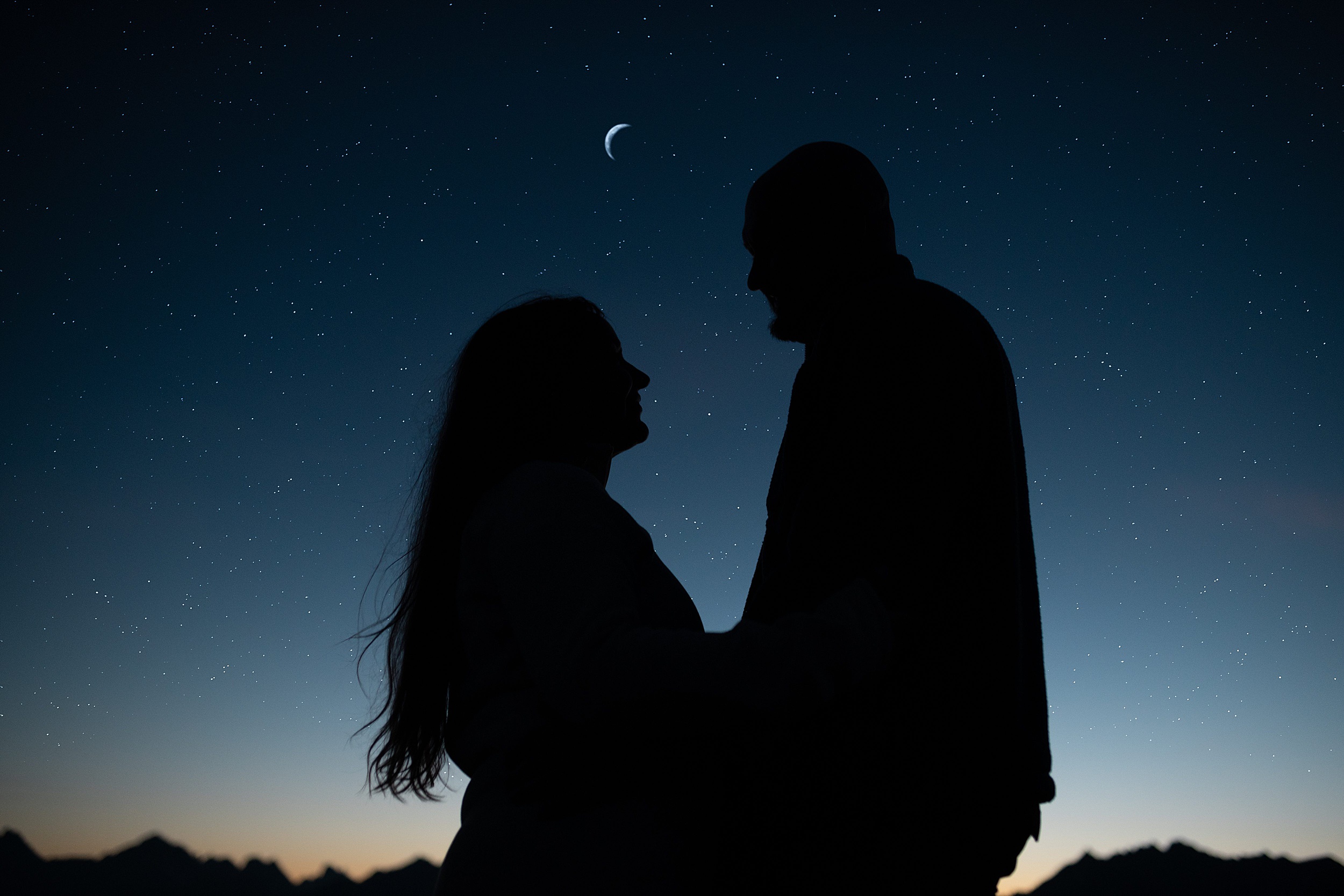
What is Astrophotography?
If you want to go stargazing on your elopement day, you’re probably going to want some epic photos to commemorate the moment 😉 That’s where astrophotography comes into play! Astrophotography is the photography of astronomical bodies & celestial events including stars, the moon, the sun, planets, asteroids, and galaxies.
It’s important that, if you want to take star photos on your elopement day, you hire a photographer who has astrophotography experience and knows how to best photograph the night sky + edit nighttime photos! Unfortunately it’s not just as easy as snapping photos of the sky with a couple in the foreground; it takes more setup & special attention than that. So be sure to ask your photographer if they feel confident in their astrophotography skills if star photos are a priority to you!
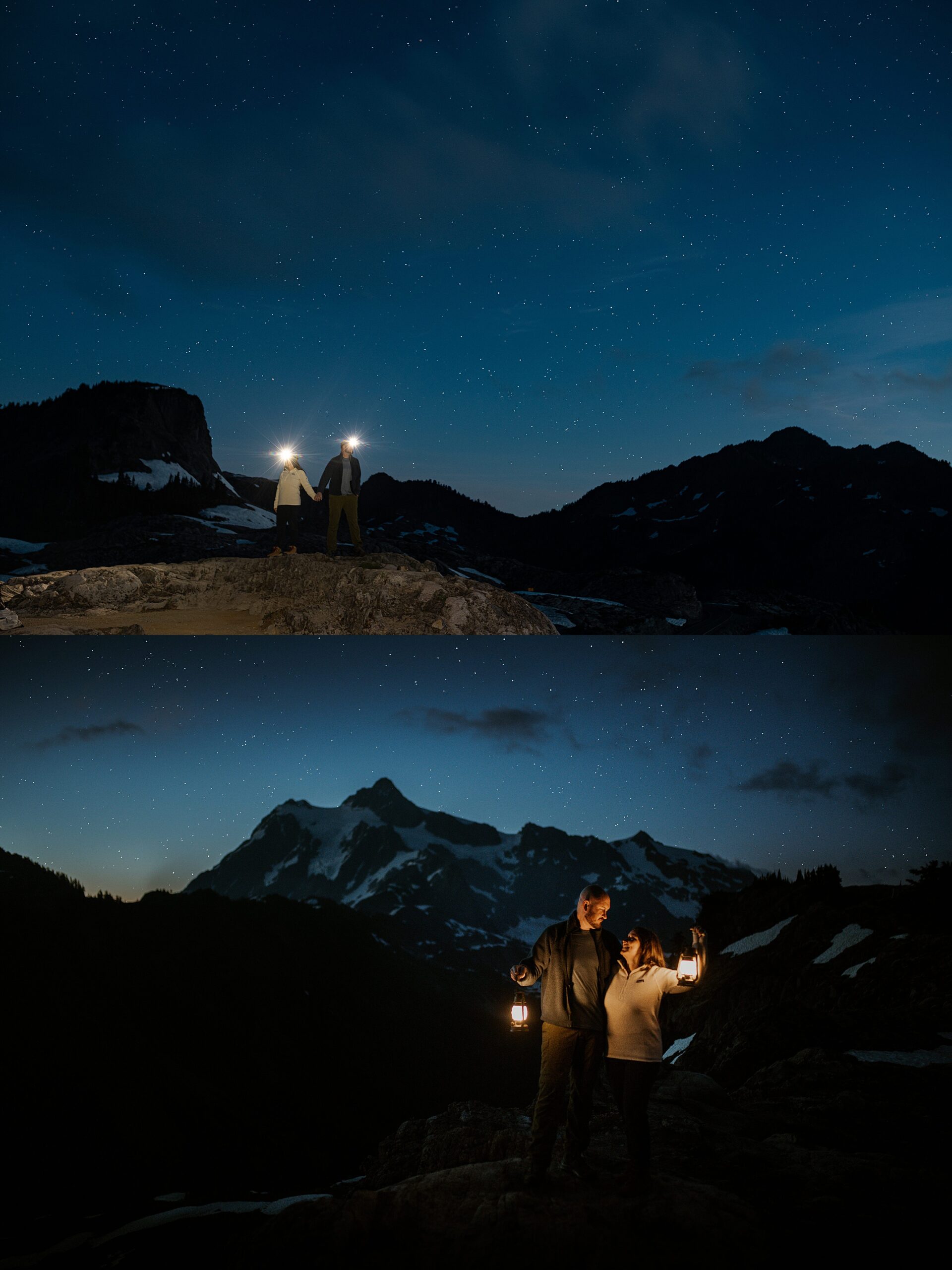
How to Include Stargazing in Your Elopement
Now that you know why you should include stargazing in your elopement, and that they (unfortunately) can’t be guaranteed, let’s walk through how to give yourselves the BEST chance at incredible star elopement photos!
1. Pick the right date
It’s super important to pick the right date when it comes to including stargazing in your elopement, as the moon plays a huge role in what the skies look like & how visible stars are.
I recommend choosing a date that’s 2-3 days before or after the new Moon. The new Moon is the first lunar phase, when the Moon essentially blends in with the dark night sky and makes it so that we can barely see it! There’s a new Moon about once a month. The reason that it’s best to take star photos just before or after, instead of right on the day of the new Moon, is that if there’s too little light in the sky, it makes it hard to get any definition of landscapes in the background!
On the other hand, you want to avoid eloping during a full Moon, as this is when the moon is at its brightest. Too much light in the sky means you risk not seeing any stars at all!
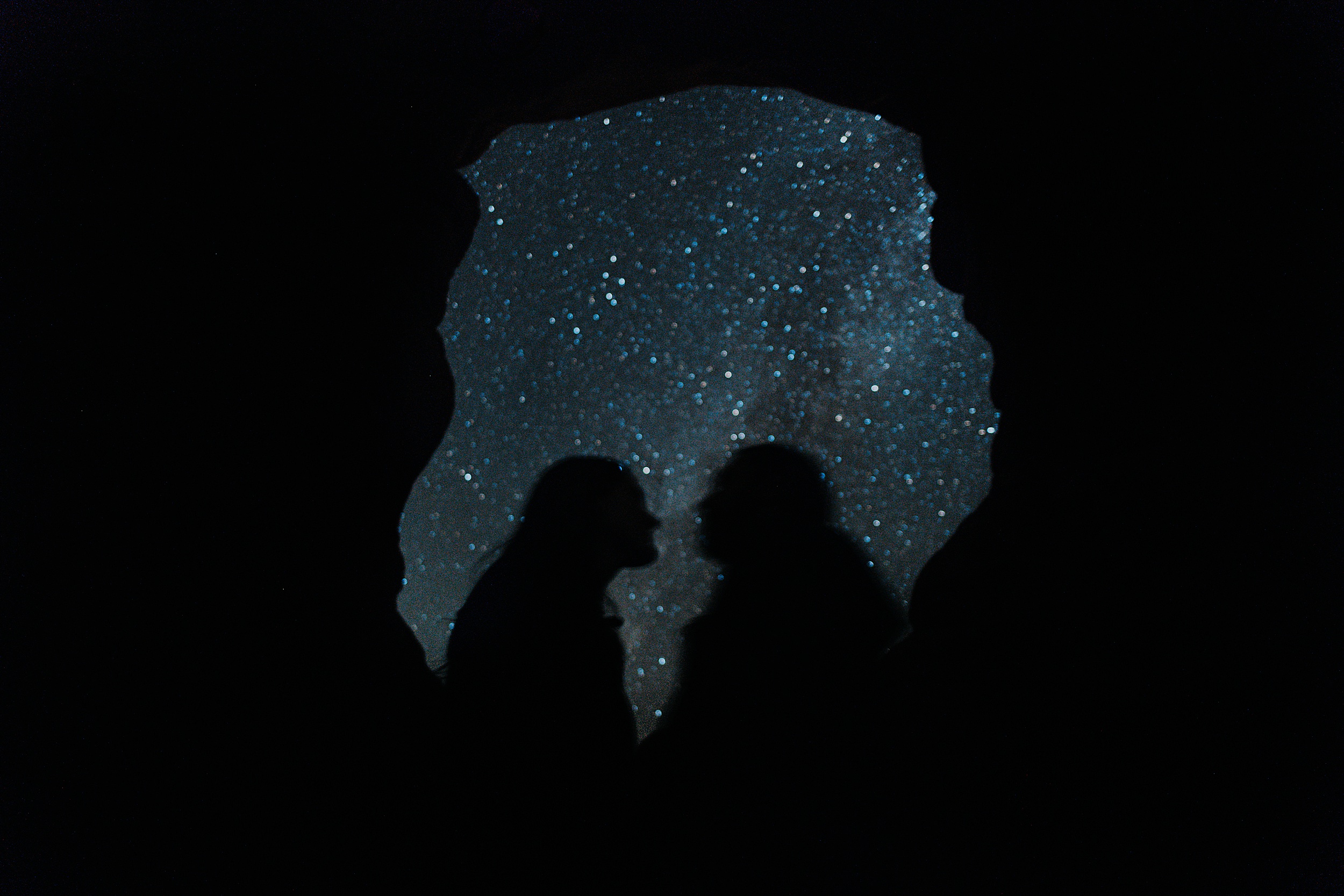
2. Plan for the weather
In addition to planning around the lunar phases, you also need to plan for the weather if you want the best chance at getting clear skies, as just a few clouds rolling in unexpectedly can block off the stars. Weather isn’t always predictable, unfortunately, so we really can’t fully control this part – but we can give it our best shot!
If possible, try and extend your elopement a bit so that you have more than one opportunity for star photos; for example, having a two-day elopement means that you have two nights to try and get clear skies + good weather instead of just one. You can also try taking photos before sunrise – so technically you could have four chances for star photos with a two-day elopement: two nights, and two (early) mornings! The weather can always change quickly, so you never know how fast rain and clouds might clear up to give you a shot at star photos.
It’s good practice in general to expect the best, prepare for the worst when it comes to adventure elopements – if you’re super nervous about bad weather affecting your elopement, make sure to check out my guide to How to Handle Bad Weather on Your Wedding Day for all of my best tips!
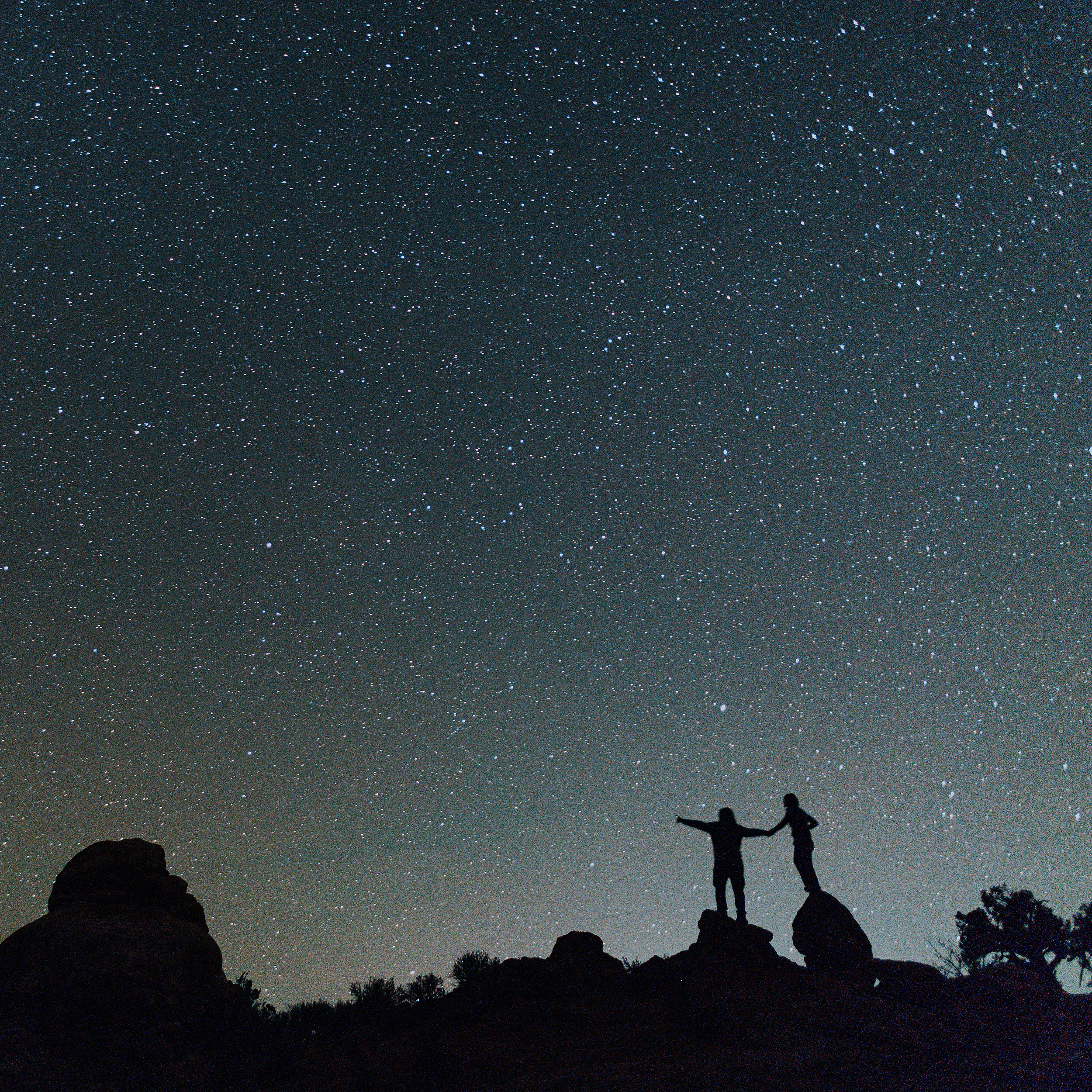
3. Pick the right location
While you can’t plan for the perfect weather, you CAN plan for the best possible location! Priority #1 is avoiding light pollution at all costs. You’ll have the best shot at clear skies if you elope in a sunny, dry climate, where there’s not a ton of rain, and that’s far away from any large residential areas/cities. My personal favorite locations are in the deserts of Arizona and Utah, where the weather is typically sunny and the skies are clear, plus you can get super far away from light pollution – compared to the PNW, where there’s always a high chance of rain and clouds.
There’s actually a super cool resource called DarkSky, which has a list of over 60 “dark sky parks!” An International Dark Sky Park is a “land possessing an exceptional or distinguished quality of starry nights and a nocturnal environment that is specifically protected for its scientific, natural, educational, cultural heritage, and/or public enjoyment.” How freaking cool is that?!
Some of my personal favorite Dark Sky Parks include:
- Arches National Park
- Big Bend National Park
- Canyonlands National Park
- Craters of the Moon National Monument
- Dead Horse Point State Park
- Death Valley National Park
- Great Sand Dunes National Park
- Cherry Springs State Park
- Zion National Park
Check out the full list of parks here!
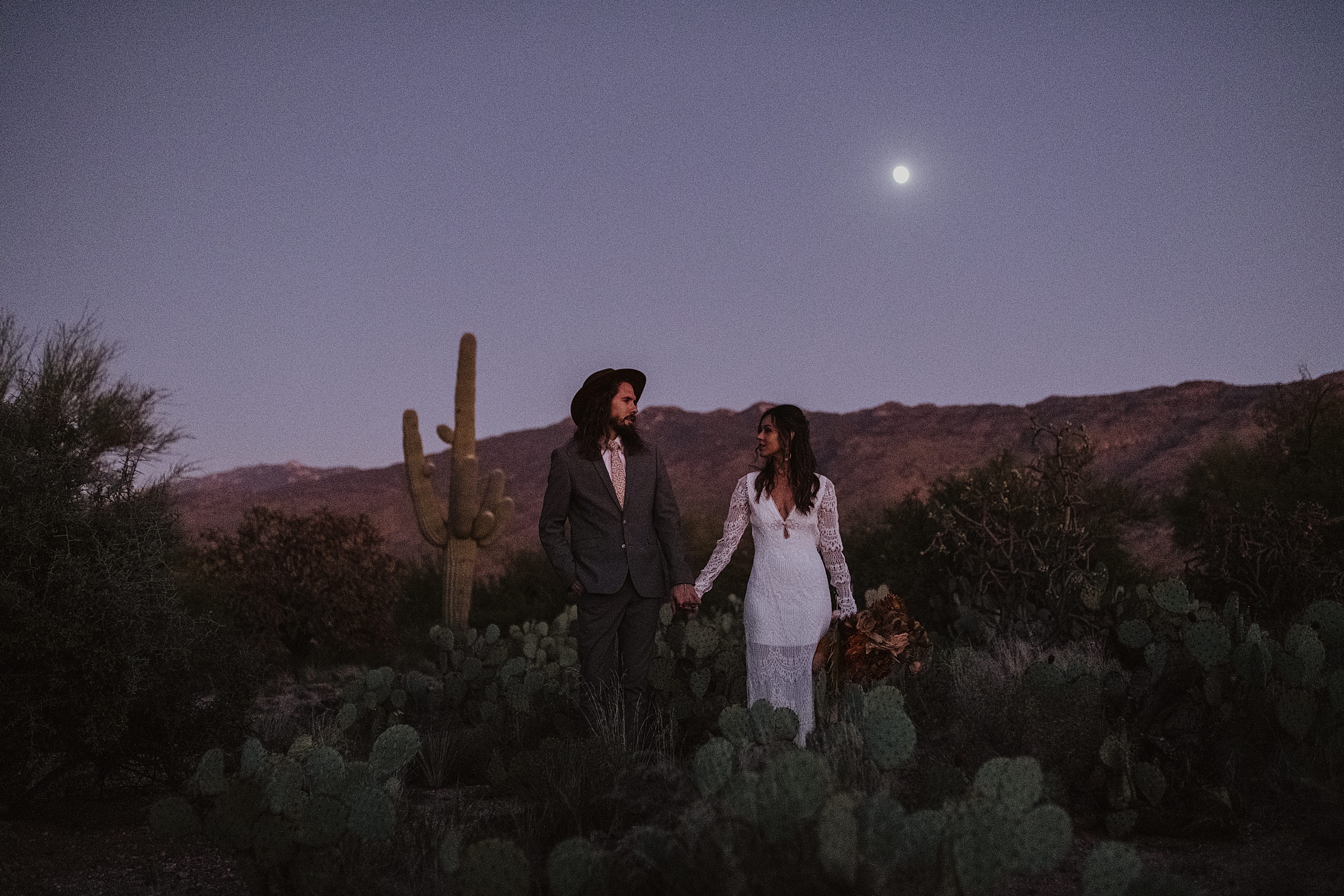
4. Know the location of the stars
Finally, it’s super important to familiarize yourselves with the location of the stars! Stars move throughout the year, so certain constellations will show up in different parts of the sky in the summer & in the winter. Do a little research before your elopement so that you know what type of starry skies you want in the background – do you want photos with the Milky Way? With any specific constellations, if they’re visible? Or do you just want starry skies in general? It’s important that I place you correctly in the landscape to get the background you’re envisioning – mobile stargazing apps will come in handy for this!
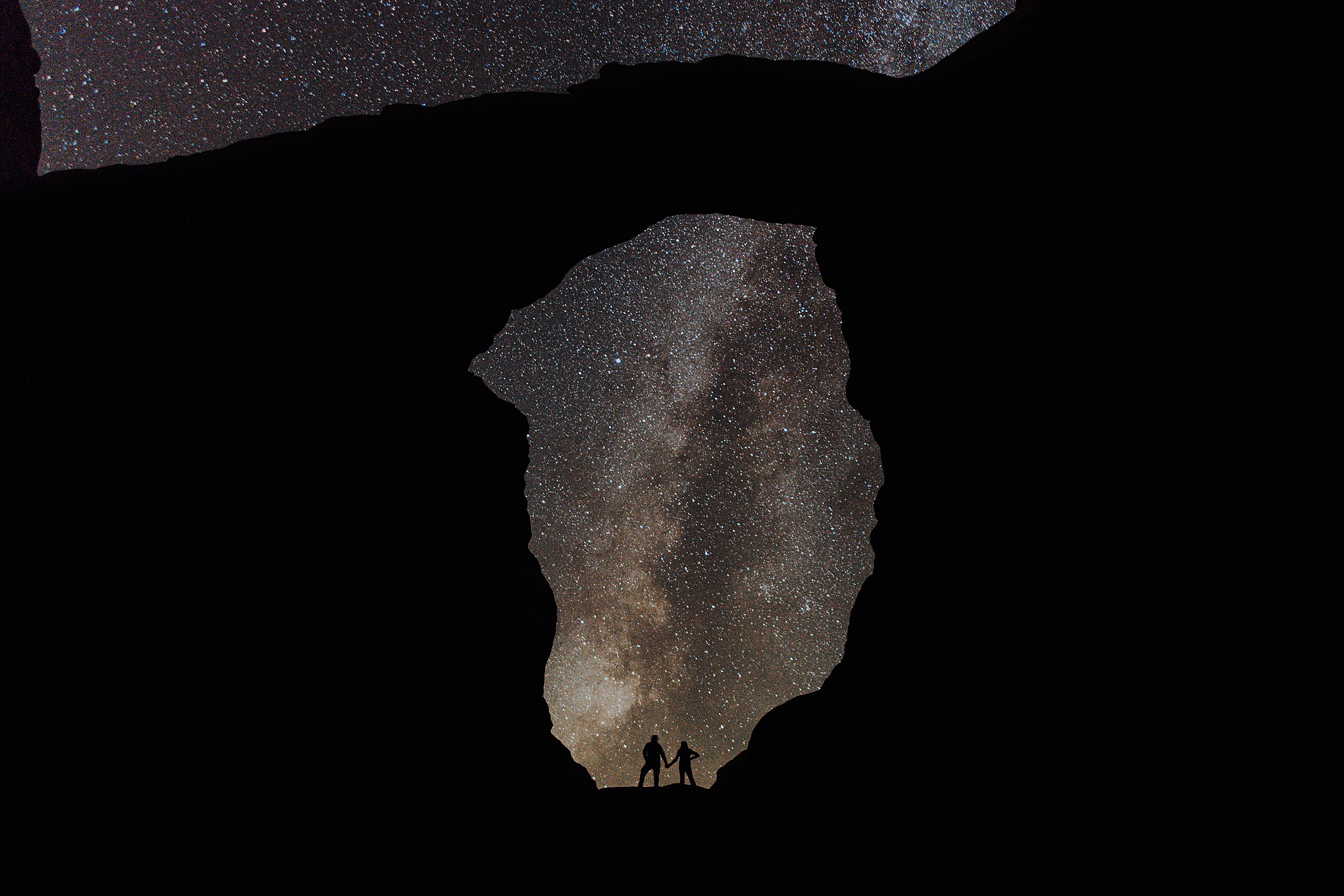
When is the Best Time of Day to Shoot Star Photos?
Now that you know what lunar phase is best for star photos, and how to pick the right location for your elopement, when is the best time of day to shoot star elopement photos?
In general, the best time to shoot star photos is a few hours before sunrise, or a few hours after sunset. There are three stages of twilight: civil twilight, nautical twilight, and astronomical twilight – all of which happen both at night and in the morning.
Civil twilight is the brightest stage, when the sun is just barely below the horizon but is still giving off plenty of natural light.
Nautical twilight, AKA blue hour, was named for the sailors who used this time of evening to navigate the seas! The horizon is still visible during this stage, but more stars are coming into view. Nautical twilight is great for nighttime photos using lanterns or headlamps, but isn’t ideal for star photos.
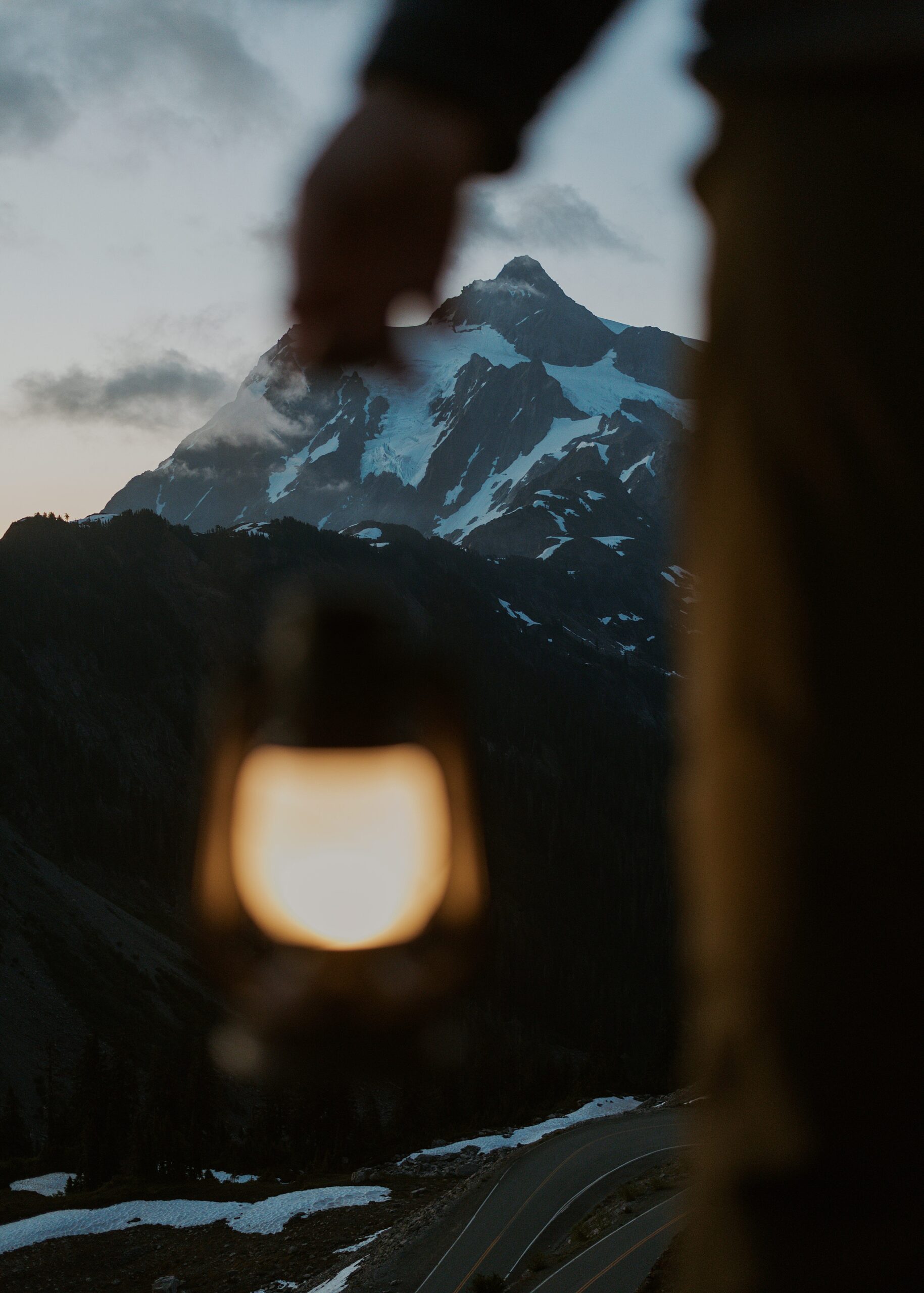
Astronomical twilight happens about 60 minutes after sunset, and is the darkest of the three twilight phases. This is the second best time to try shooting star photos, after astronomical nighttime!
Astronomical nighttime is the period between dusk and dawn, and is the most ideal time to shoot star photos if possible. It takes about 2.5 hours to reach this stage in the summertime, so you could use that time to grab a bite to eat, or chill at your Airbnb for a bit before we head back outside to go stargazing!
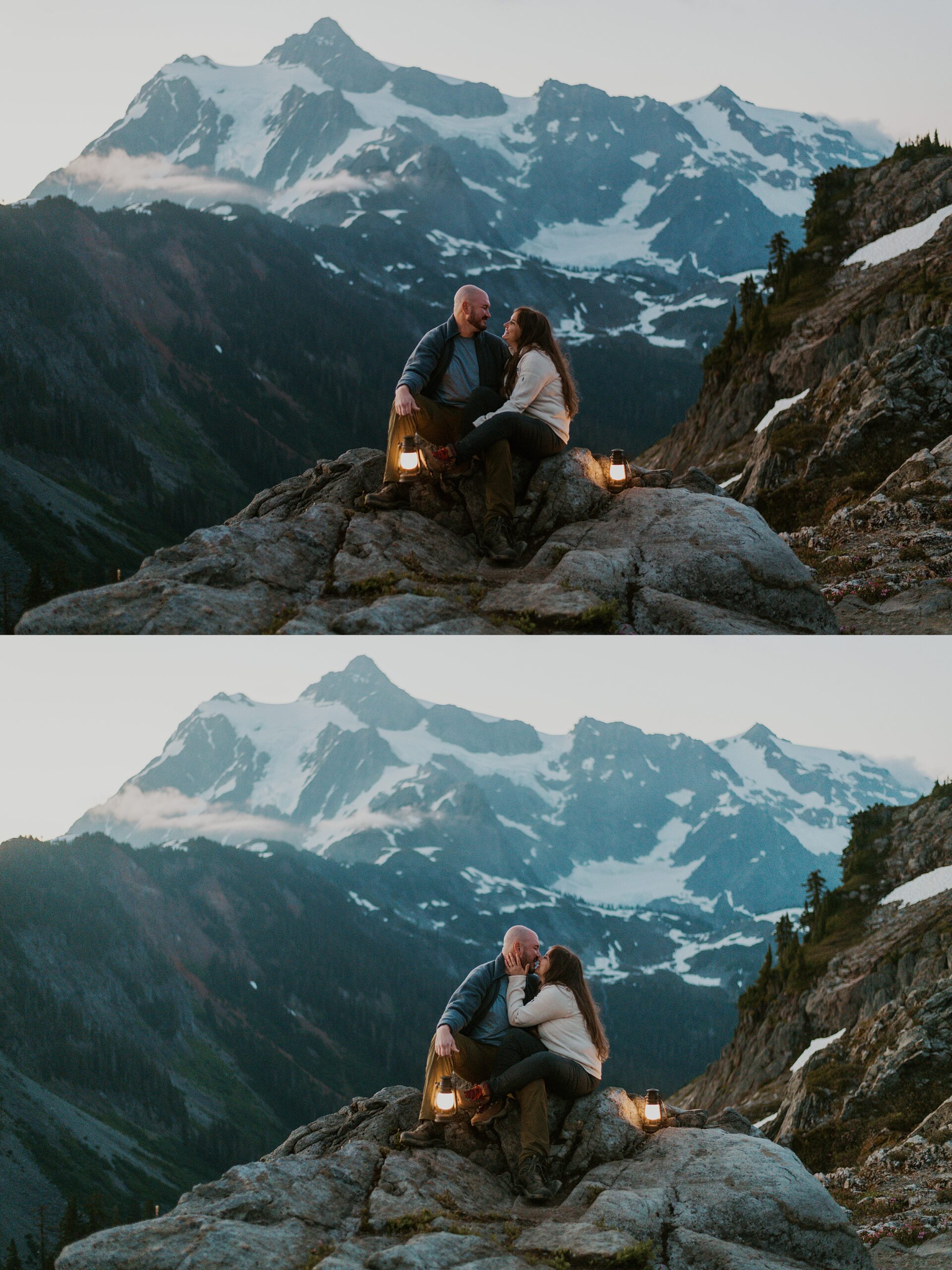
How to Get the Most Out of Star Photos on Your Elopement Day
Let’s wrap this up with some final tips on how to get the most out of star photos on your elopement day, besides choosing the right time of day, the right lunar phase, the best location, and the best time of year possible!
- Make sure to hire an elopement photographer who is experienced in astrophotography: Like I mentioned before, you definitely need to prioritize hiring an elopement photographer who actually has astrophotography experience, as it’s completely different from shooting in the daytime, both as far as shooting in-camera and editing photos afterwards!
- Be patient: Astrophotography is a very experimental form of photography, and camera settings will change pretty much every time, and even every few minutes between shots. It can take some trial and error before your photographer will get the best shot, so don’t expect to head outside for 5 minutes and be done! Use the time to be present with each other and take in all the emotions of the day, while your photographer sets up and does their thing.
- Don’t just “stand still:” If you try too hard to keep perfectly still, you’re probably going to start moving because you’re so focused on being rigid! Instead, get comfortable with each other and relax as much as possible. Your photographer will tell you if they need you to be still for a moment or two, but otherwise, just breathe and relax your bodies as best you can!
- Have a backup plan in place: If star photos just aren’t in the cards due to weather, light, or something else, don’t worry! There are SO many other activities you can fill the time with, such as s’mores around a campfire or a relaxing soak in the hot tub back at your Airbnb. Have 1-2 other options on hand so that you have something to fall back on in case star photos don’t work out, so that you’re not disappointed for too long!
When it comes to adventure elopements, you should ALWAYS have backup plans in place, even if you’re not stargazing. Don’t miss my blog post about Why You Need to Have Backup Plans for Your Elopement, where I walk you through how to properly prepare for your day + deal with last-minute plan changes like a total pro!
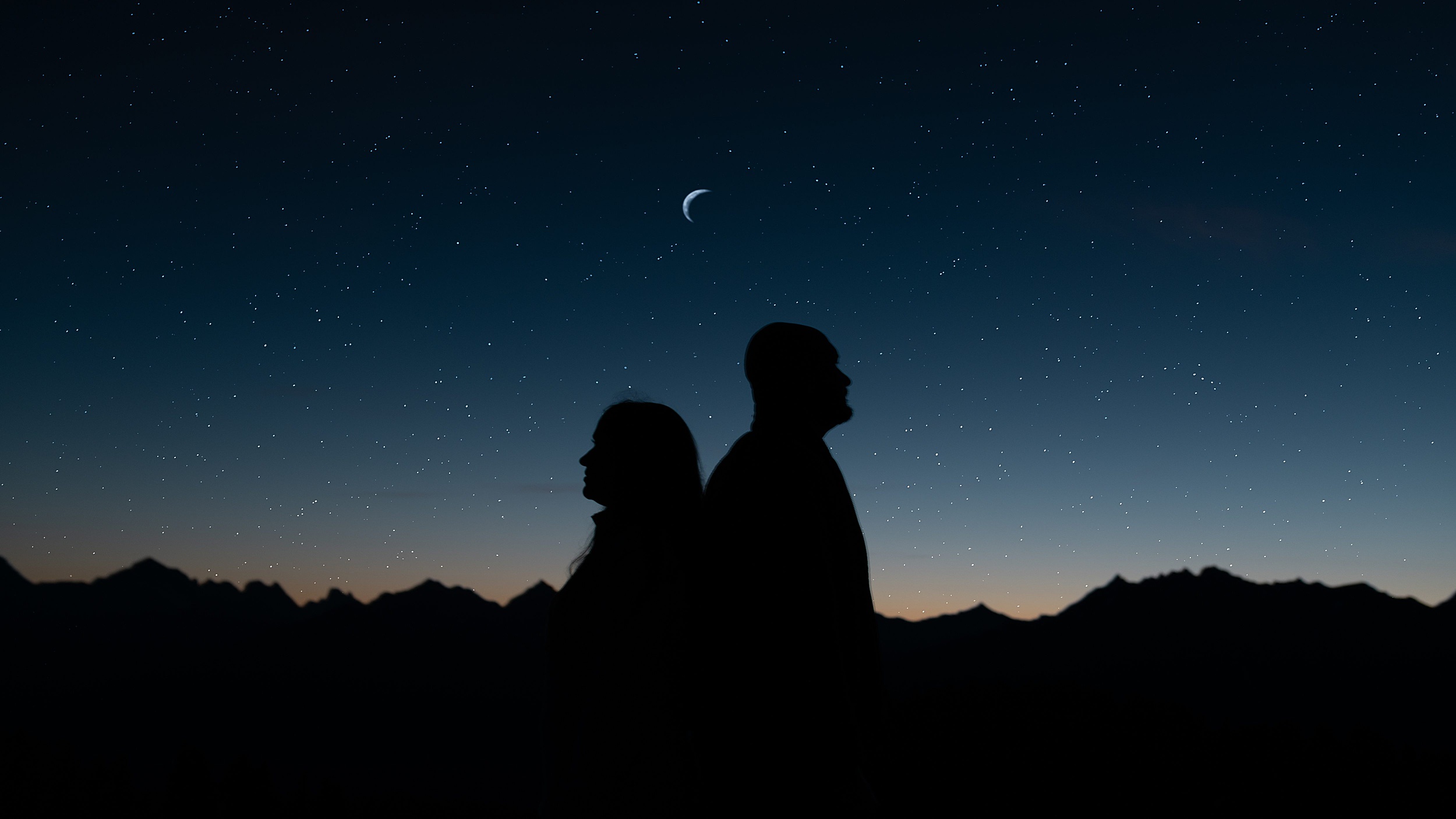
Stargazing Elopement Photographer
Woohoo, you made it through the whole stargazing elopement guide – now you should be a total pro at star photos and all the twilight + lunar phases 😉 Just kidding, that’s why you hire an elopement photographer with experience in astrophotography and star photos! I’ve photographed so many couples out in the middle of nowhere under the starry skies, and every single time, the photos take my breath away. It’s the most magical experience getting to create this beautiful art with my couples, and watching them in complete awe of the beauty around them once the sun has set!
Take a look at my elopement packages and pricing below, and reach out to me here if/when you’re ready to start planning your adventure elopement + star elopement photos! I can’t wait – packing my tripod & nighttime gear already!
Stargazing Elopement Packages and Pricing
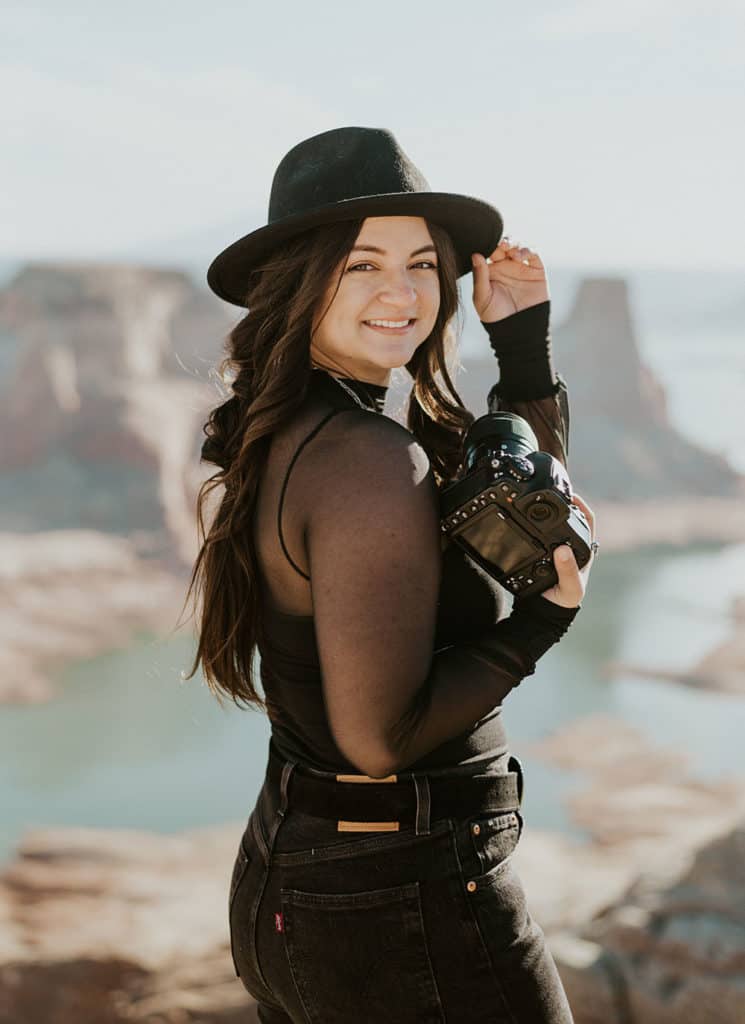
Elopement & Intimate Wedding Packages
- Full day of elopement photography coverage
- Your own personal elopement guide & consultant
- Unique and personalized location scouting
- Vendor recommendations
- Permit and marriage license assistance
- Hand-crafted elopement timeline
- Created just-for-you activity list
- Unlimited guides and resources
- 100+ page How to Elope Guidebook
- Optional complimentary officiant service
- Digital online gallery with full resolution image and printing rights
- Sneak peek images within 1 week
- Photographer travel fees covered
Starting at $6,500 for U.S. elopements & $10,000 for international elopements
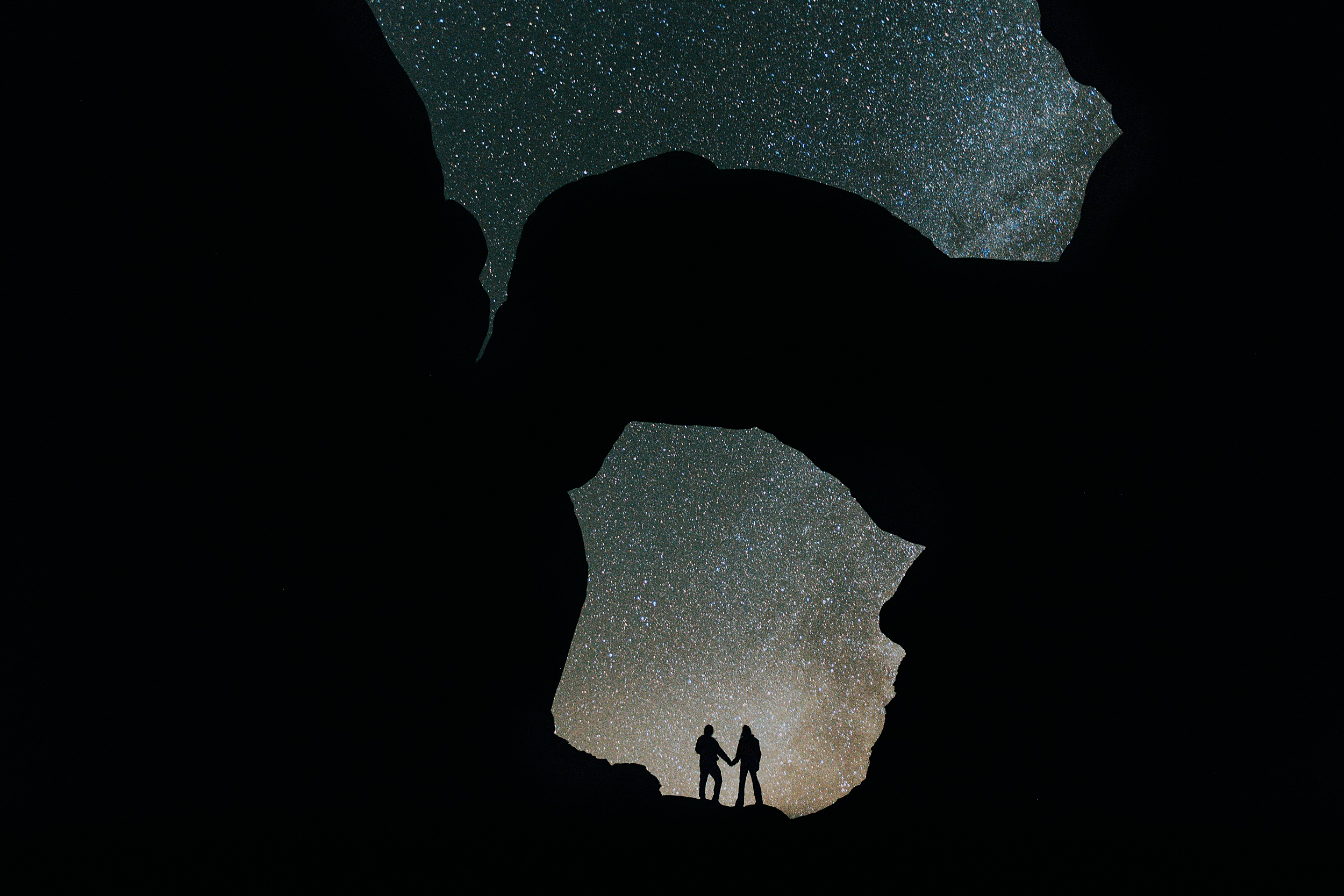
If you loved this blog post and want more tips + advice, I’ve got PLENTY for ya – check out some of my favorite recent elopement planning resources below, or check out the blog for a whole library of location guides!
Should We Elope or Have a Big Wedding? 12 Things to Consider
Best Time of Year to Elope in the PNW
100 Unique Elopement Ideas + Activities for an Epic Celebration
PIN FOR LATER
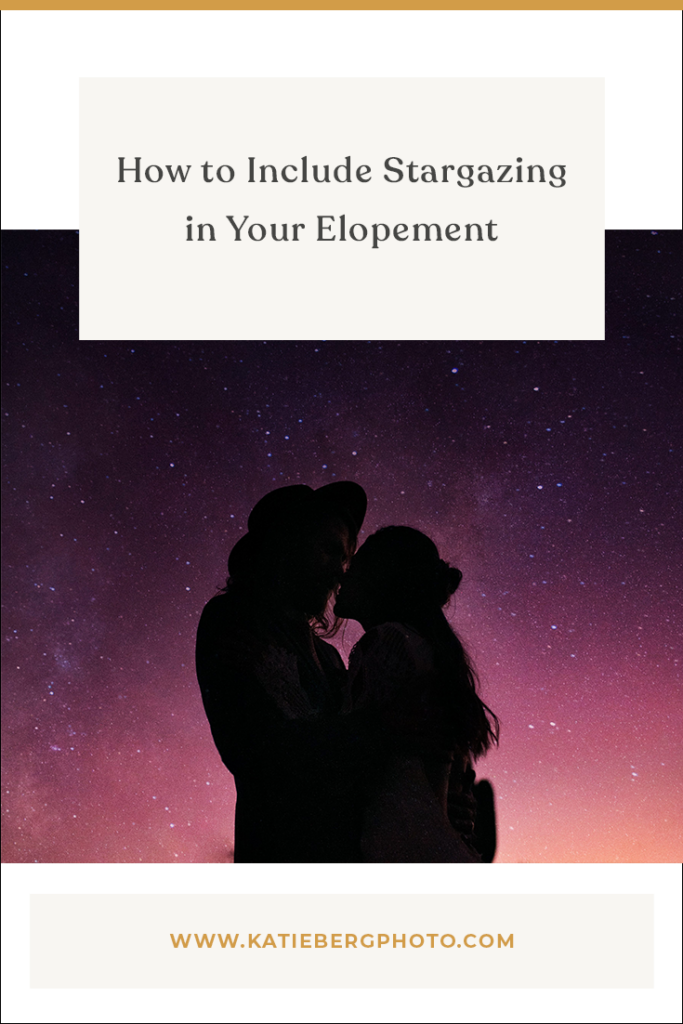
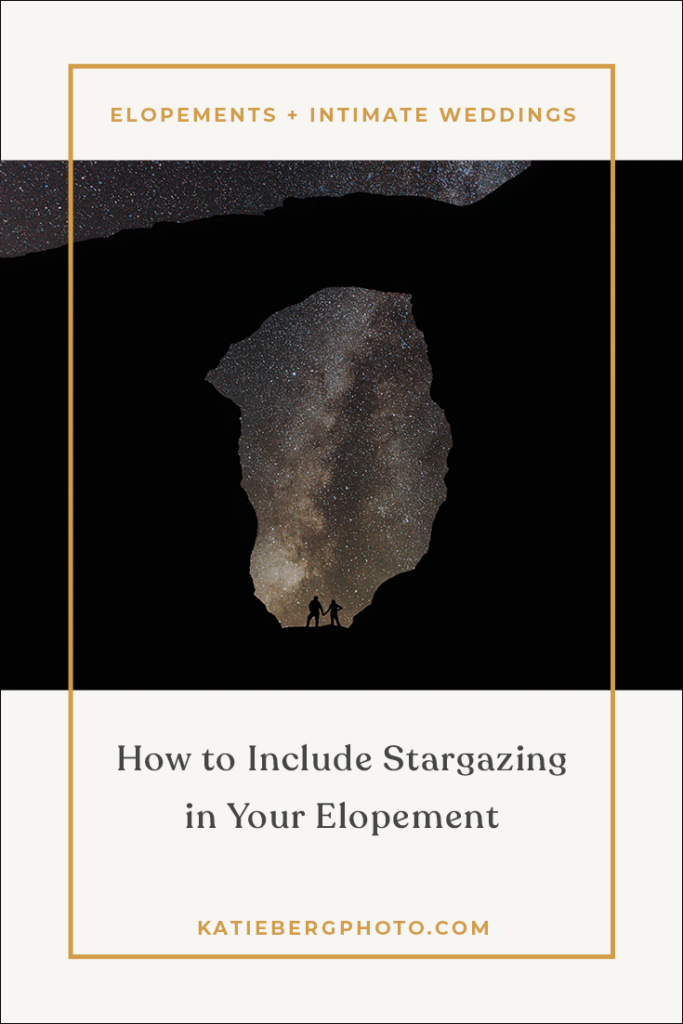

In order to make your dream elopement day happen, it's super important that we connect and that you feel comfortable with me! The best way to do this is to reach out and schedule a call so you can learn more about me and I can learn about you two so i can document what's real + the most important to you.

